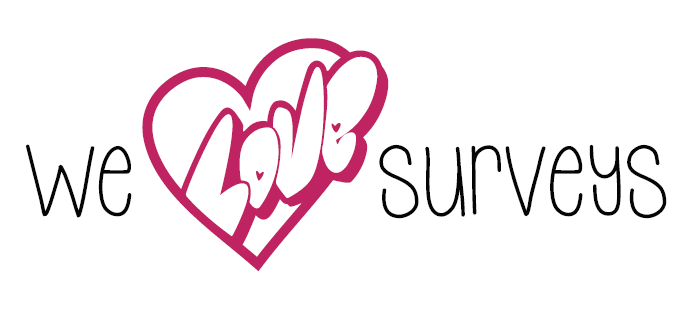Welcome to our hybrid working blog post series
Welcome to the first in our series of blog posts where we will be exploring the topic of hybrid working, including what it is, the benefits and challenges for both teams and employers and, ultimately, how we can help you to communicate with your team to create actionable change. As we begin to emerge from the depths of the pandemic, every business is likely to be facing a new challenge in the way they’re working. Hybrid working is the new buzzword and looks set to have a continued impact for the foreseeable future.
An introduction into the world of hybrid working
In March 2020, seemingly overnight, a large portion of the population were told to clear their desks at the office and set up a working space at home. Previously, working from home had been characterised by occasional use or an option for the self-employed. However, the coronavirus pandemic saw this become the new norm for many.
What we thought might last for a few weeks, or a couple of months at most, ended up being a phenomenon that has lasted more than 18 months. Spare bedrooms and kitchen tables became workspaces overnight as we adjusted to the new way of working.
Fast forward to the present day and, as lockdowns have been removed and restrictions for many lifted, we are now seeing a new way of working emerge: hybrid working. According to ACAS, hybrid working can be defined as “a type of flexible working where an employee splits their time between the workplace and working remotely”. With many employers cautious about encouraging or enforcing a full-time and immediate return to the office, hybrid working seems to be the solution to working safely while enjoying the benefits of both home and office working.
It’s important to note that each organisation will be different, with set boundaries that work for both employer and employee. But it is likely that there will be a noticeable shift towards a preferred way of working.
In fact, for many, it doesn't look like a full-time return to the office is on the cards at all. According to this BBC article, more than a million people have been affected by their employer's decision not to return to previous ways of working full-time in the office. In fact, according to YouGov, less than four in 10 of those surveyed want to leave their house to go to work which shows that working from home has turned out to be a popular choice for many.
How is hybrid working different to flexible working?
The term ‘flexible working’ is best understood as a fixed agreement, often implemented in line with other life events such as post-illness or maternity/paternity leave, or even a reassessment of work-life balance.
Flexible working is usually a realignment of days, or hours in the day, that you are contracted to work. This way of working empowers an employee to define the day/time they want to work, which is then agreed and fixed.
This differs to hybrid working, which is an arrangement where companies allow employees the flexibility to work on-site or from home depending on what suits them personally.
Examples of companies embracing hybrid working
Some of the UK’s biggest names, including insurance company Aviva, have made the decision to embrace hybrid working going forward. Danny Harmer, chief people officer at Aviva, said 95% of its workers say they would like to be able to spend some of their time working flexibly and remotely in different locations.
With companies both large and small embracing this way of working, it’s possible that this will be part of the ‘new normal’ going forward.
We’ll be discussing the range of benefits of hybrid working in our next blog post, but according to Oak Engage, “hybrid working can help employees achieve a good work/life balance. The time saved on commuting can be spent with friends, family or doing something they enjoy. Worries of having to rearrange appointments are eased with a more flexible calendar”.
How hybrid working has become an expectation
Amid the age of the ‘great resignation’, which is seeing many individuals resign from roles in which they are not happy in order to find other roles or career changes, hybrid working may become far more of an expectation than we first imagined.
With employers looking for ways to attract the very best talent as well as retain their current teams, many are offering flexible or hybrid working. This is because hybrid working is no longer just a perk for the lucky few, it has become a new way of life for those who are able to work in this way.
What to do now
We’ll be covering the range of benefits of hybrid working for both employer and employee in our next blog post. The remainder of the series will also cover the challenges of hybrid working and, ultimately, what We Love Surveys can do to support you in communicating with your team to make data-based decisions.
Make sure you’re following us on Twitter, LinkedIn and Instagram so you don’t miss the next instalment in this series or the latest updates from our team.
If you’re interested in catching up with our other blog posts, you can do so here.

